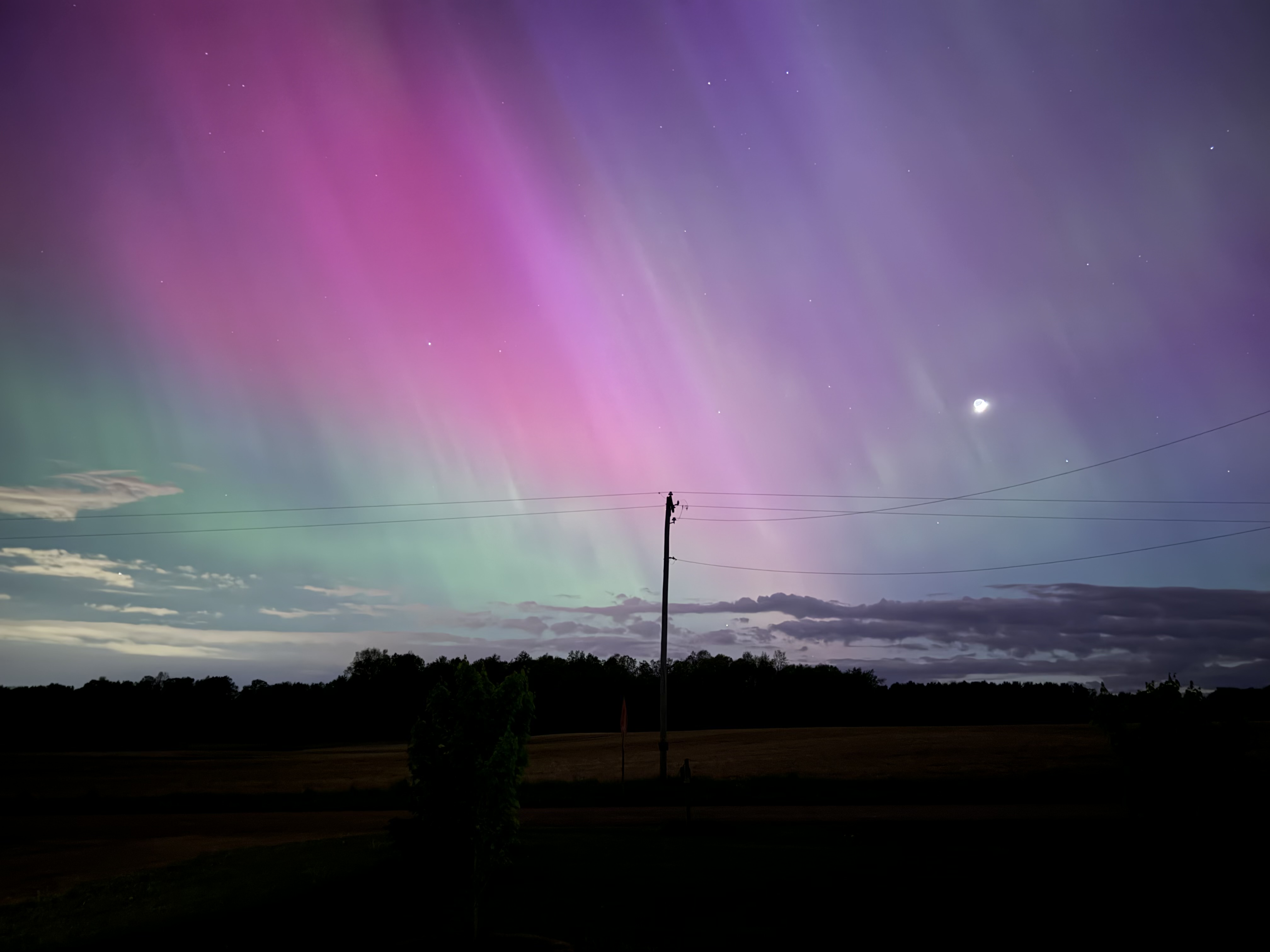It’s close, for some a little too close and for others well overdo. No matter how you feel winter is sneaking up on us and will be here soon!
This winter is going to be a little different from the last, for quite a few reasons.
First, we are headed into a winter driven by a strong La Niña. La Niña is a global weather pattern caused by cooling sea surface temperatures in the Eastern Pacific Ocean.
The sinking air causes the Pacific High-Pressure System to form and push the jest stream, and cold winter air, further north into Canada.
La Niña winters in Michigan tend to be milder with average precipitation. Some other La Niña years include the winter of 2017-2018, 2016-2017, 2010-2011, and the winter of 2007-2008.
The winter of 2016-17 was started off with a warm November like we are experiencing right now! This winter ended up in the top 10 warmest in many locations.
The 2016-2017 winter was a mixed bag, Sault Ste. Marie saw above average snow, while Traverse City was nearly 30″ below average snowfall. This is likely due to the lake effect snow belts setting up in locations. With above-average temperatures around, the big lakes can’t completely freeze over. This means the lake effect snow machine keeps rolling.
The winter of 2015-2016 and 2009-2010 started very similarly to our weather over the past few weeks. Northern Michigan saw a cool and wet in October that became a mild and warm November. This was during the opposite phenomenon called El Niño.
Check out how these El Niño winters finished out… warmer than average and MUCH LESS snow.
2015-2016 was one of the top 10 warmest and wettest winters on record for Northern Michigan.
2009-2010 was also an El Niño year, one of the top 15 warmest winters on record and one of the least snowy winters on record. Most areas were 24 to 60 inches below average.
Aside from La Niña, we can also look at the Arctic Oscillation. We pay attention to AO because it gives us a good idea of how often we may see shots of cold air from Canada.
The Arctic Oscillation is heading into a positive phase. This lowers the pressure at the north pole, keeping the cold Canadian air north of northern Michigan.
Another part of the forecasting process is looking at the current snow cover around the Northern Hemisphere. If there is a lot early in the season, the snow provides an area where bitter cold air can develop and eventually move around the globe. Right now, snow cover over Eurasia is above average and we have to watch how it develops over the next few months.
Making a winter forecast is not easy. There are so many things to look at and the points above are just a few of them.
One could easily dominate the others for the entire season or just part of it.
Right now, our Winter Forecast has temperatures average to mild with precipitation near to below average.









© 2023 - 910 Media Group


